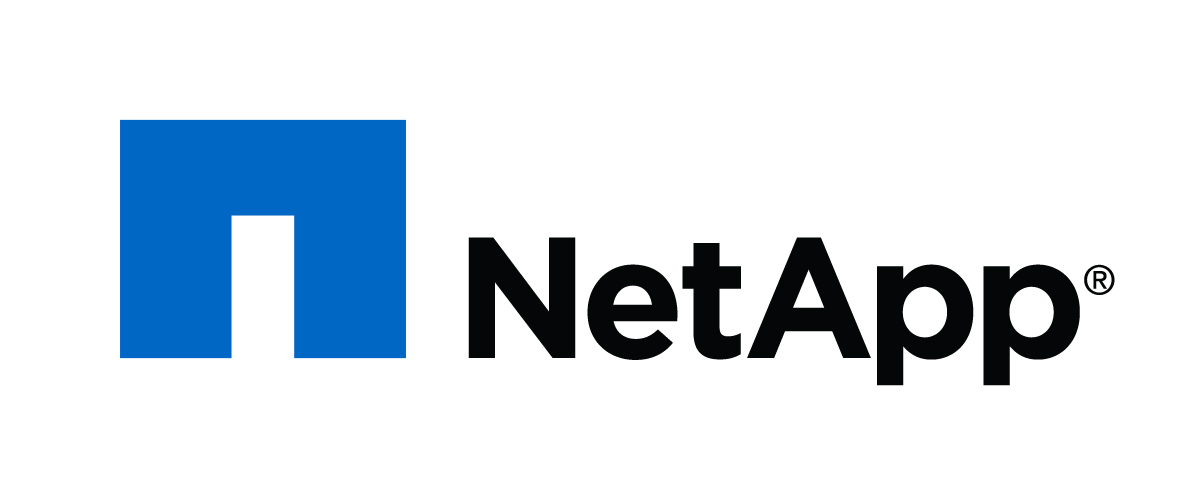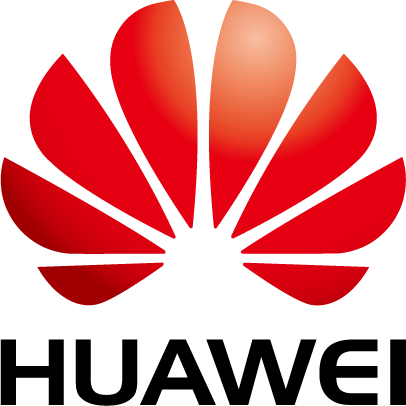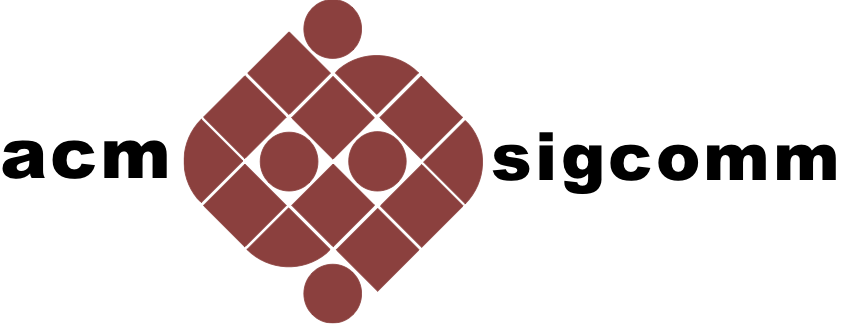ACM SIGCOMM 2018 Afternoon Tutorial on Repeatability and Comparability in Measurement (RCM)
Tutorial Program
- RCM Tutorial Part I: Introduction and Topology Measurement
-
2:00 pm - 2:45 pm Welcome and Introduction
Brian Trammell (ETH, Switzerland)
-
2:45 pm - 3:15 pm Tracebox: Topology Measurement and Impairment Discovery
Korian Edeline (ULiège, Belgium)
-
3:15 pm - 3:45 pm Tea/Coffee Break
Location: InterContinental, Pre-Function Area
- Tea/Coffee Break
- RCM Tutorial Part II: Path Transparency and Data Collection
-
3:45 pm - 4:30 pm PATHspider: A Tool for Controlled Hybrid Measurement
Iain Learmonth (Aberdeen, UK)
-
4:30 pm - 5:00 pm Observatories: Collection, Preservation, Metadata and Provenance for Active Measurement
Brian Trammell (ETH, Switzerland)
-
5:00 pm - 5:45 pm The Path Transparency Observatory
Brian Trammell (ETH, Switzerland)
Call For Participation
Repeatability of experiments and comparability of results is a cornerstone of the scientific method. This tutorial dives into the subject of repeatability and comparability in active Internet measurements. We begin with a brief introduction to a set of well-known measurement tools and platforms and examine two active measurement tools focused on a specific problem in Internet measurement: detecting and localizing impairments to feature deployment at layer 4. We then show how frameworks for handling metadata can contribute to repeatability, and how the systemization of normalization and successive data analysis can lead to better repeatability and comparability. This will be done using the MAMI Path Transparency Observatory, which implements this process for impairment measurement in the Internet.
Important Dates
-
August 20, 2018
Tutorial
Outline
Part 1: Introduction to active measurements of network performance and path transparency
Part 2: Path tracing with tracebox
Part 3: Measuring endpoint support and path transparency with PATHspider
Part 4: Data collection, preservation, and analysis using the Path Transparency Observatory (PTO)
Audience Expectations and Prerequisites
Attendees must bring their own laptop. A virtual image will be provided that can be installed on any machine that conforms to current standards. More detailed hardware requirements will be provided to the attendees a couple of weeks before the tutorial. We expect general base knowledge about active measurement and Linux. However, no specialized knowledge about specific measurements is expected, and an introduction to the tools used will be provided in the tutorial.
Background
Network measurement is a common tool for network research, either to directly gather knowledge about network or traffic behavior in the wild or as a way to determine realistic input parameters for the evaluation of new proposed network and protocol mechanisms.
However, before the actual measurement study can be started, there are usually a lot of questions to answer first and addition work to do: What is the goal of the measurement? Are the targets representative of the research questions? Which tools should be uses? When and how often should measurements be run? Which information should be captured? Which metadata needs to be kept? And so on.
In many cases, people even start writing their own tools, based on the usually-incorrect assumption that this is faster than becoming familiar with existing tooling. Utilizing the wide set of available tools might not only be faster, it can also often provide better and more reliable results, as e.g. additional metadata are automatically collected that might have given further insight about potential impacting factors, and makes data more comparable between different campaigns.
This tutorial provides an introduction to a set of well-known measurement tools including basic tools such as ping and traceroute, as available on all desktop operating systems and as provided by the RIPE Atlas measurement network. We will focus on practical exercises with tracebox, an extension to traceroute which also provides information about manipulation of packets along a path; and PATHspider, which probes for connectivity and negotiation of optional protocol features on a given path.
Performing these basic measurements is the first step in an Internet measurement campaign. The selection of tools and configurations used, and the definition of metadata related to that selection, is key to repeatability. The next step is pulling these measurements together so they can be compared with other measurements at scale. The tutorial will therefore cover aspects of data collection, preservation, and accessibility. It will examine the Path Transparency Observatory (PTO) as one example for a data collection and analysis system that is designed to provide easy access to comparable data that has been derived from different sources/tools and campaigns. For the tracebox experimentation, we will use a virtual testbed composed of several networks that each introduce different middlebox impairments on the traffic passing through. In addition, we will deploy PATHspider on the same testbed to measure endpoint as well network support of various protocols or protocol features; as well as on the open Internet, to demonstrate the use in a largescale set-up. Finally, we will normalize and analyze the raw results with the help of the framework provided by the PTO, whereby results from different vantage points can be consolidated and higher-level conclusions can be drawn about the targets and features being measured.
Organizers
- Organizers
-
Brian Trammell
ETH, Switzerland
-
Korian Edeline
ULiège, Belgium
-
Iain R. Learmonth
Aberdeen, UK


















